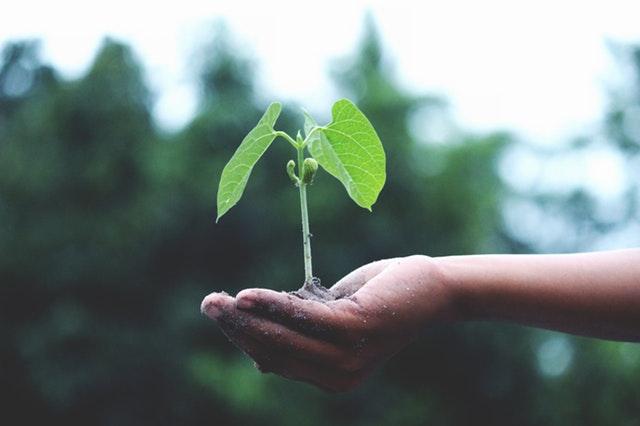Warning: Undefined array key "sharing_networks_networks_sorting" in /var/www/wp-content/plugins/monarch/monarch.php on line 3904
Warning: Trying to access array offset on value of type null in /var/www/wp-content/plugins/monarch/monarch.php on line 3904
Spring Cleaning
Even if it’s not spring, the first step to a great looking garden is getting rid of any debris that has accumulated in the area. If you have trees, falling leaves can be a problem in the fall. Use a leaf blower to clear the space or a rake to gather the leaves in one place before placing them in a compost pile. It is also a good idea to pull out any pesky weeds. Be sure not to place these in your compost, however, as the seeds are likely to regrow if you do so.
Prepare the Soil for Planting
New flowers, shrubs, climber and trees can make a huge difference to the landscape of your garden. To prepare the soil for planting, till it between eight and twelve inches deep. Be sure to remove any large rocks. This is a good point at which you can add some fertilizer into the mix. Be careful not to over-fertilize, however, as this can burn the roots, making your plants more sensitive to drought, heat, and cold. For the best results, it is a good idea to have your soil tested for nutrients and pH levels.
Select the Right Plants
If you want to avoid future problems, opt for disease-resistant plants. Talk to other gardeners or nursery employees to find out what the most resilient plant types are. In addition, take a good look at the plants you are buying to ensure that you don’t introduce any diseases in your garden. Healthy plants should be free of rotted stems, spots and insects. Don’t forget to also examine the roots—these should be white and firm. If you are not sure what a healthy plant should look like, google it before you head off to the store. Some gardening enthusiasts claim that plants put in the ground after the sun goes down have a better growth rate and are more resilient.

